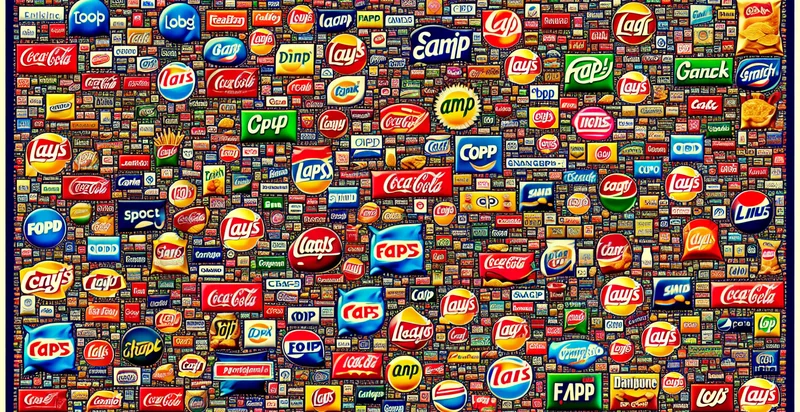Identify big ten by logo
using AI
Below is a free classifier to identify big ten by logo. Just upload your image, and our AI will predict which college sports team logo it is. - in just seconds.

Contact us for API access
Or, use Nyckel to build highly-accurate custom classifiers in just minutes. No PhD required.
Get started
import nyckel
credentials = nyckel.Credentials("YOUR_CLIENT_ID", "YOUR_CLIENT_SECRET")
nyckel.invoke("big-ten-by-logo", "your_image_url", credentials)
fetch('https://www.nyckel.com/v1/functions/big-ten-by-logo/invoke', {
method: 'POST',
headers: {
'Authorization': 'Bearer ' + 'YOUR_BEARER_TOKEN',
'Content-Type': 'application/json',
},
body: JSON.stringify(
{"data": "your_image_url"}
)
})
.then(response => response.json())
.then(data => console.log(data));
curl -X POST \
-H "Content-Type: application/json" \
-H "Authorization: Bearer YOUR_BEARER_TOKEN" \
-d '{"data": "your_image_url"}' \
https://www.nyckel.com/v1/functions/big-ten-by-logo/invoke
How this classifier works
To start, upload your image. Our AI tool will then predict which college sports team logo it is..
This pretrained image model uses a Nyckel-created dataset and has 13 labels, including Illinois, Indiana, Iowa, Maryland, Michigan, Minnesota, Nebraska, Northwestern, Ohio State and Penn State.
We'll also show a confidence score (the higher the number, the more confident the AI model is around which college sports team logo it is.).
Whether you're just curious or building big ten by logo detection into your application, we hope our classifier proves helpful.
Related Classifiers
Need to identify big ten by logo at scale?
Get API or Zapier access to this classifier for free. It's perfect for:
- Brand Protection: This function can be utilized by companies to automatically detect unauthorized use of their logos across various platforms, including social media and e-commerce websites. By flagging false or misused logos, brands can act swiftly to protect their intellectual property and maintain their reputation.
- Competitive Analysis: Marketing teams can employ this classification function to monitor competitor branding strategies. By identifying their logos in various contexts, businesses can analyze how competitors are positioning themselves in the marketplace.
- Social Media Engagement: This function can help brands track mentions and interactions involving their logos on social media. By understanding how users are engaging with their brand imagery, companies can tailor their marketing campaigns for better customer engagement.
- Ad Campaign Optimization: Advertisers can leverage the logo identification feature to optimize their ad campaigns by ensuring their logos are displayed correctly in promotional material. This ensures brand consistency and can enhance the effectiveness of advertising efforts.
- Merchandise Quality Control: Retailers can use the logo classification function to verify that products bearing their logos meet quality standards. By scanning images of merchandise, they can ensure only authentic, high-quality items are associated with their brand.
- Event Management: Event organizers can use this feature to ensure that sponsors’ logos are displayed accurately throughout an event. This helps maintain brand visibility and creates a coherent branding experience for attendees.
- Fraud Detection: E-commerce platforms can implement the logo identification function as part of their fraud detection strategies. By flagging items with false logos, platforms can safeguard customers against counterfeit products, thereby boosting consumer trust and safety.


